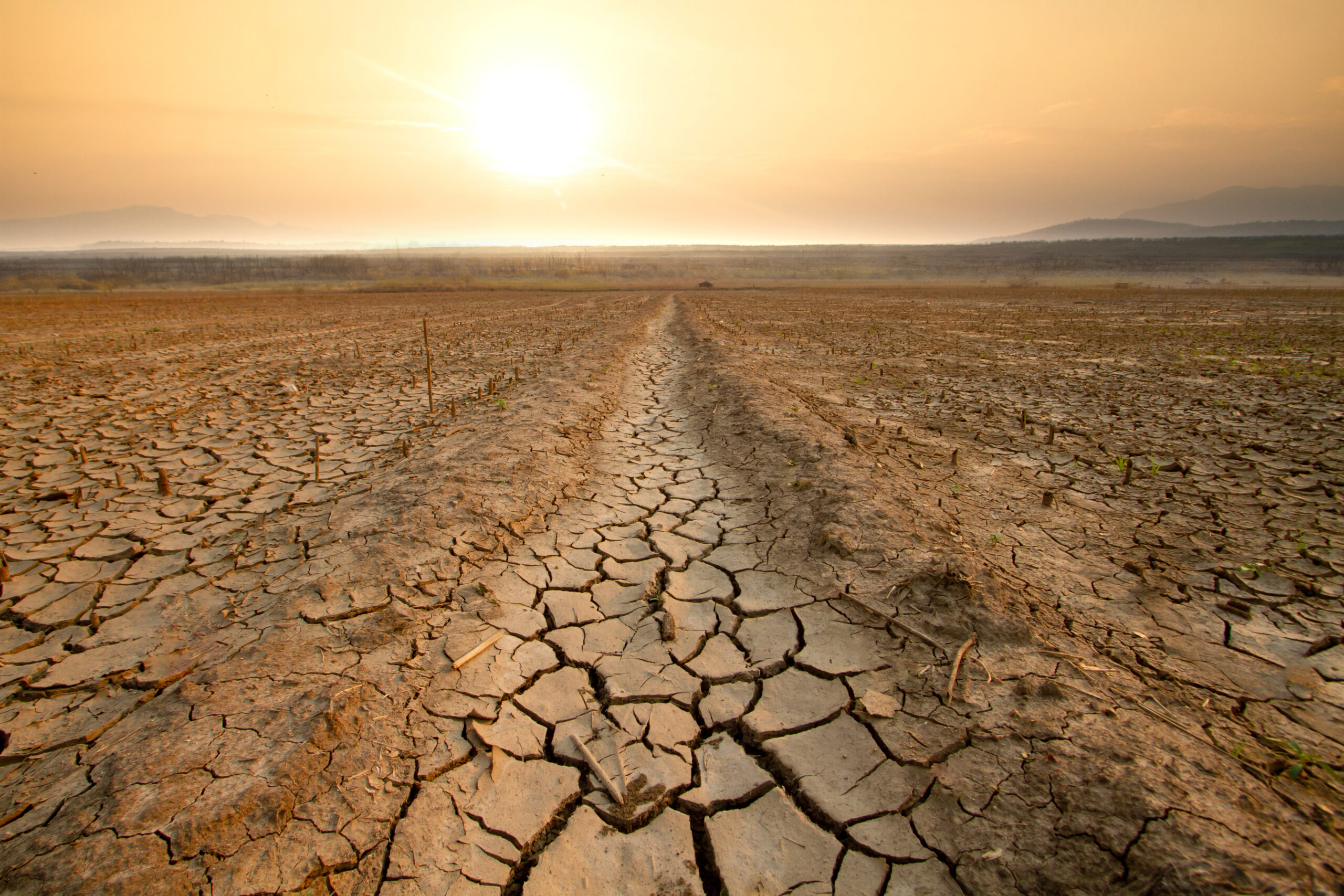Global Action to Combat Land Degradation
UN Meeting Focuses on Land Restoration and Drought Resilience

December 2, 2024: Over the next two weeks, nearly 200 nations will gather in Riyadh, Saudi Arabia, for the 16th session of the Conference of the Parties (COP16) to the United Nations Convention to Combat Desertification (UNCCD). Scheduled from December 2–13, this pivotal meeting seeks to advance global efforts in land restoration and drought resilience, focused on action to deliver the target of reducing degraded lands by 50% by 2040.
Land is a foundation of Earth, regulating the climate, conserving biodiversity, sustaining freshwater systems, and providing essential resources such as food, water, and raw materials. Yet, land degradation and desertification, the process by which healthy and productive land becomes desert, are advancing at a critical pace.
A newly released report, Planetary Boundaries: Confronting the Global Crisis of Land Degradation, noted 1.5 billion hectares of land—an area larger than Antarctica—have already been degraded. This number grows by an estimated 100 million hectares annually, affecting the livelihoods of approximately three billion people globally. The burden falls disproportionately on tropical and low-income regions, where communities face the twin challenges of concentrated degradation and limited resilience.


Reversing Land Degradation: Resilience and Restoration in Burkina Faso’s Shea Communities (c) UNCCD
“Land restoration is about nurturing humanity itself. The way we manage our land today will directly determine the future of life on Earth. The cost of land degradation touches every corner of our lives. Together, we can reverse these trends—but only if we seize this pivotal moment.”
Action Amidst Challenges: COP16’s Focus
Despite these challenges, global efforts are accelerating. COP16 will center on the theme: “Our Land. Our Future.” Restoring degraded lands offers far-reaching benefits, from job creation and food security to improved public health, poverty reduction, gender equality, and sustainable economic growth. These efforts underscore the transformative potential of land restoration in creating a more resilient and equitable future.
On the opening day of COP16, the UNCCD Presidency launched the Riyadh Global Drought Resilience Initiative, a groundbreaking effort to enhance global drought resilience and encourage proactive measures to combat this escalating threat. In tandem, the International Drought Observatory and the Global Drought Atlas were unveiled, offering powerful tools to improve drought monitoring and tracking. These initiatives aim to implement preventive measures, strengthen early warning systems, and raise awareness among policymakers, communities, and other stakeholders about the urgent need for global drought preparedness.
In the days ahead, high-level ministerial dialogues will explore strategies to unlock public and private financing for land restoration. These discussions will focus on innovative funding mechanisms and fostering partnerships to ensure long-term, sustainable solutions to land degradation and drought challenges.
Additional COP16 agenda highlights include discussion and action on:
Nature-Based Solutions: Utilizing natural systems to combat climate change, create jobs, and reduce poverty.
Inclusive Land Governance: Working in partnership with local communities and ensuring equitable land management practices.
Sustainable Farming Practices: Promoting resilient crops, healthy soils, and ecosystem conservation.
Technology and Innovation: Accelerating breakthroughs in science and technology for land restoration and resilience.

Unlocking Global Potential for Land Restoration: Innovative Financing Solutions
An estimated two billion hectares of land worldwide—an area equivalent to twice the size of China—can be restored and rehabilitated. This presents a opportunity to revitalize ecosystems, conserve biodiversity, and enhance human well-being.
The Project Finance for Permanence (PFP) model provides a proven, scalable solution to help achieve this, securing sustainable financing for conservation and restoration efforts. In collaboration with local stewards, Enduring Earth is supporting PFP initiatives to restore and protect over 180 million hectares of vital lands across the globe.

The PFP approach ensures durable conservation through:
Collaborative Design: Projects are co-designed to meet goals and needs.
Local Leadership: Communities and local partners lead design and implementation of the PFP.
National Support: Alignment with national priorities.
Sustainable Funding: Secured financing guarantees longevity and impact.
High Accountability: Transparent structures ensure rigorous monitoring and management.
The robust framework of a PFP agreement builds confidence that each project will be fully funded, expertly managed, and positioned for long-term success. At its core, this approach recognizes the interdependence of economic development, community resilience, and environmental restoration.
By working together, we can create a more prosperous and sustainable future for people and the planet.
Stay engaged in the global conversation! Follow the COP16 UNCCD discussions, watch live streams and access recorded sessions from COP16 here.
